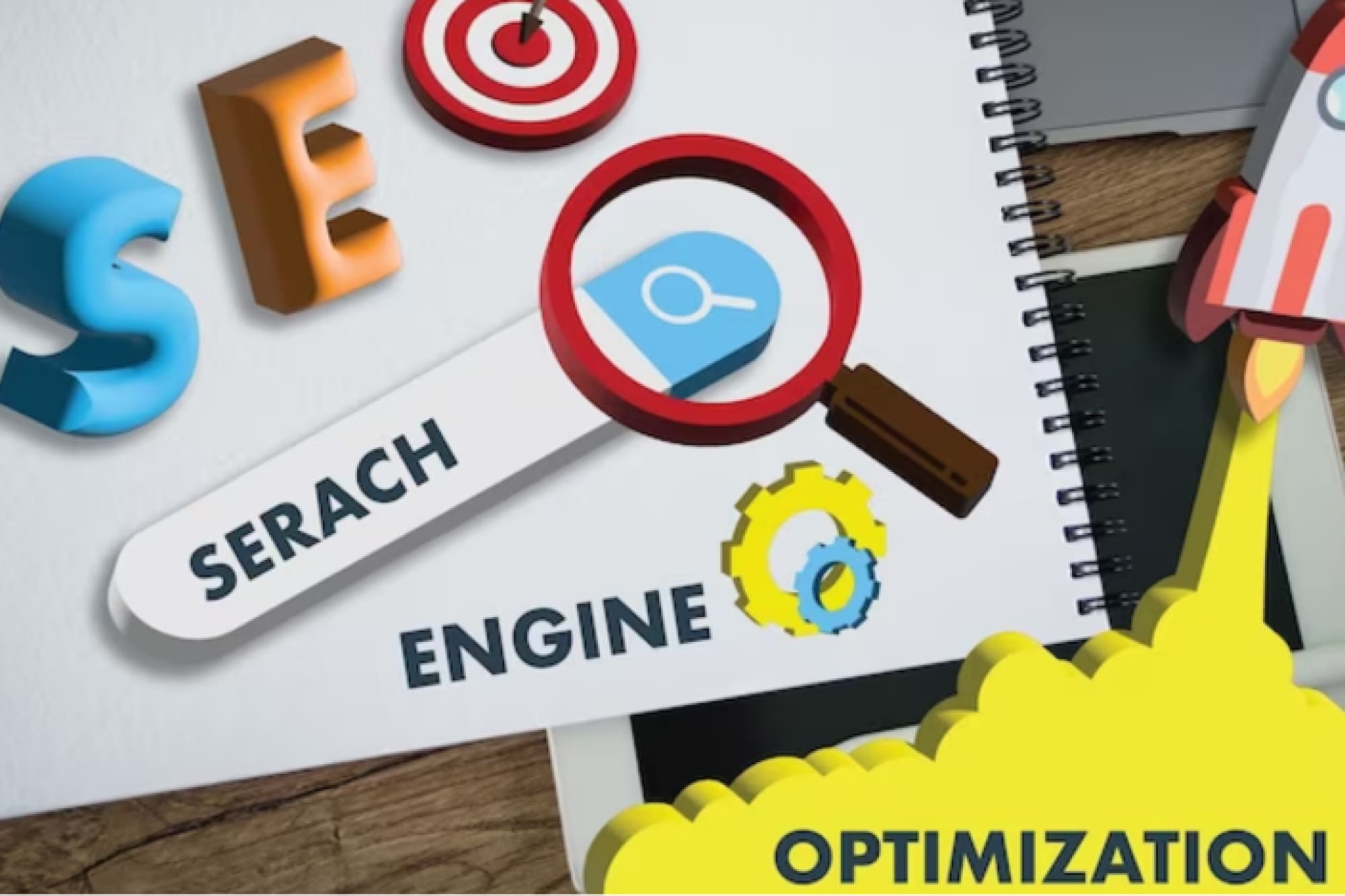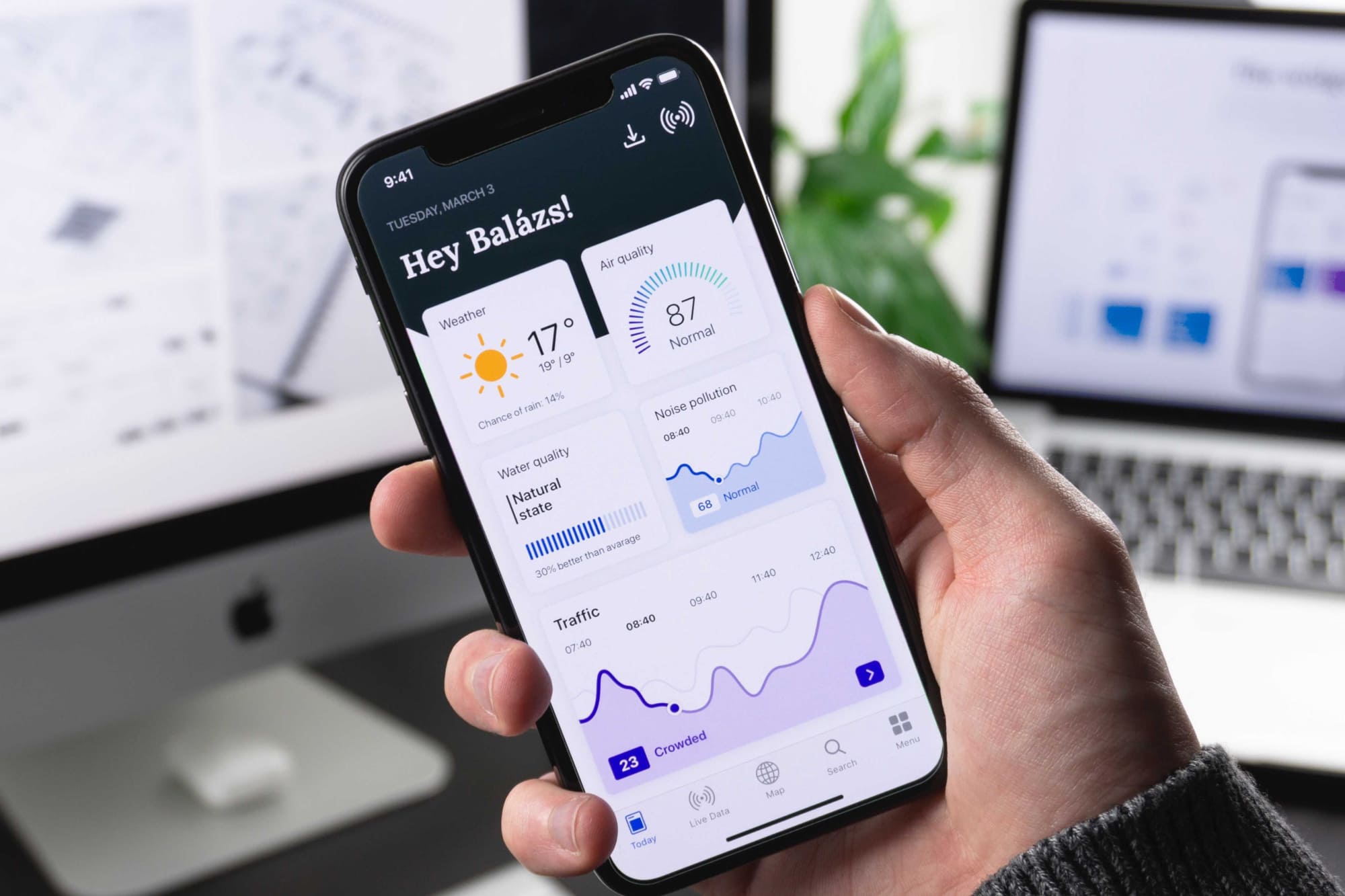User Experience (UX) Design: Tips and Tricks for Improving Website Navigation
User Experience (UX) is crucial for creating customer-centric, delightful websites. UX design focuses on making websites easy to use for users. Website navigation is a key component of UX design, influencing users’ ability to find desired content. In this post, discover the importance of UX design and essential tips to enhance it.
What is UX Design?
UX design enhances the user experience by deeply understanding user needs, behaviors, and motivations. Utilizing this insight, websites are crafted to meet user expectations efficiently. It’s crucial for developing enjoyable, scalable sites that rank well in search results and maintain high user retention rates.
Importance of Website Navigation in UX Design
Website navigation comprises menus, links, and essential tools users employ to navigate a website and find desired content. Effective navigation ensures users can easily locate what they’re seeking, enhancing their experience and encouraging prolonged engagement on the site. Conversely, poor navigation can frustrate users, leading to site abandonment.
Why is good navigation important?
Effective navigation plays a pivotal role across various aspects of a website’s success. From elevating user experience and bolstering retention rates to boosting conversion rates and enhancing search engine rankings, its significance cannot be overstated.
- Elevating User Experience: A well-crafted navigation system serves as the cornerstone of an exceptional user experience. By seamlessly guiding visitors to their desired destinations with intuitive pathways and easy-to-find information, it ensures that their browsing journey is both smooth and satisfying.
- Increasing Time on Site: Websites equipped with intuitive navigation tend to captivate users for longer durations, significantly augmenting their overall time spent on the platform. This prolonged engagement not only boosts retention rates but also amplifies user satisfaction, fostering a deeper connection with the brand.
- Boosting Conversion Rates: The correlation between effective navigation and conversion rates is undeniable. When users can swiftly access relevant information and navigate through the website effortlessly, they are more inclined to take desired actions, whether it’s filling out a form, subscribing to a newsletter, or making a purchase. This seamless user journey significantly enhances the likelihood of conversion, driving tangible business outcomes.
In essence, prioritizing good navigation isn’t just about enhancing the aesthetics of a website; it’s about creating a cohesive and delightful user experience that fosters engagement, retention, and ultimately, conversions.
Challenges of Website Navigation in UX Design
Heavy-content websites often require assistance in ensuring effective navigation. Users encounter challenges such as unclear labels, confusing menu structures, and difficulty in finding meaningful and precise content while navigating such sites. To establish effective navigation, prioritizing users’ needs and behaviors is essential. This involves designing intuitive and user-friendly navigation systems.
Good website navigation directly impacts the user experience, engagement, and chances of conversion. Well-designed navigation enables users to access the content easily and improves their overall experience on the website.
Tips to improve website navigation
Effective website navigation is crucial for users to seamlessly interact with a website and access the information they need. A well-designed navigation system facilitates easy movement around the site, enabling users to find desired content and engage effectively. Below are some key tips to enhance website navigation that you’ll find valuable:
- Employ clear and concise labels for menu items.
- Maintain consistency in navigation placement across the website.
- Implement breadcrumbs to assist users in tracking their location within the site.
- Leverage search functionality to aid users in finding specific content efficiently.




